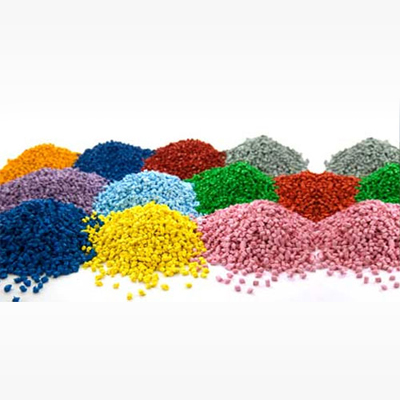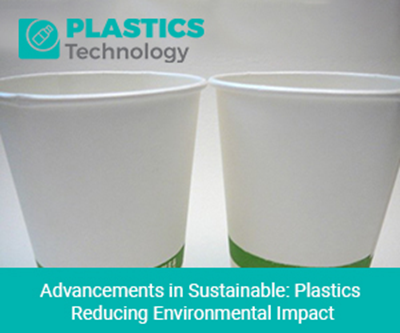Innovations in Moulds and Dies: Transforming Precision Plastic Manufacturing

Introduction:
Precision plastic manufacturing has undergone a transformative journey, driven by continuous advancements in moulds and dies technology. The heart of any plastic production process lies in the molds and dies used to shape and form intricate plastic components. Over the years, innovation in this field has not only elevated the quality of plastic products but has also significantly improved the efficiency of manufacturing processes. This article explores the cutting-edge innovations in molds and dies, shedding light on how these advancements are reshaping the landscape of precision plastic manufacturing.
Evolution of Moulds and Dies:
Traditionally, moulds and dies were crafted using conventional machining techniques, limiting the complexity of designs and the overall efficiency of the production process. However, the advent of additive manufacturing, particularly 3D printing, has revolutionized the way molds and dies are created. This technology allows for the fabrication of intricate and highly detailed designs that were once deemed impractical or impossible.
| Read More: Precision Crafting: Unveiling the World of Plastic Moulds and Dies |
Additive Manufacturing's Impact:
One of the key innovations is the integration of additive manufacturing into the production of molds and dies. The layer-by-layer construction offered by 3D printing enables the development of complex geometries and internal structures that enhance the performance of molds. This capability has a direct impact on the quality and precision of the final plastic products.
Advanced Materials for Enhanced Durability:
The choice of materials for molds and dies has also witnessed significant advancements. High-strength steels, advanced alloys, and specialized coatings contribute to the durability and longevity of these tools. This is crucial in environments where molds are subjected to high pressures, extreme temperatures, and constant wear. The use of advanced materials ensures that molds can withstand these harsh conditions, leading to extended tool life and reduced maintenance costs.
Micro-Molding Technology:
In certain industries, the demand for smaller and more precise plastic components has driven the development of micro-molding technology. This innovation allows manufacturers to produce extremely small and intricate parts with high precision. Industries such as medical devices, electronics, and automotive, where miniaturization is a critical requirement, benefit greatly from this technology.
In-Mold Sensors and Monitoring:
Real-time monitoring of the molding process has become possible through the integration of in-mold sensors. These sensors are embedded within the mold to track parameters such as temperature, pressure, and cavity fill. The data collected during the molding process allows for better control and optimization, ensuring consistent product quality and early identification of potential issues.
Hot-Runner Systems for Temperature Control:
Hot-runner systems play a crucial role in controlling the temperature of the plastic material as it flows through the mold. Advancements in this technology contribute to better control over the molding process, reduced material waste, and improved cycle times. The precise regulation of temperature enhances the overall quality of molded products and minimizes the likelihood of defects.
Simulation and Modeling Software:
The use of simulation and modeling software has become instrumental in the design and optimization of molds. Before physical production begins, engineers can simulate the molding process, predicting potential issues and optimizing designs for efficiency. This not only reduces the time and cost associated with trial-and-error approaches but also leads to more reliable and effective molds.
Quick-Change and Modular Tooling:
Flexibility in production is a key factor in responding to dynamic market demands. Quick-change and modular tooling systems enable manufacturers to switch between different molds rapidly. This adaptability minimizes downtime and allows for efficient production of diverse plastic components, addressing the ever-changing needs of the market.
Servo-Driven and Electric Molding Machines:
The shift from traditional hydraulic molding machines to servo-driven and electric machines has brought about improvements in precision, energy efficiency, and control over the injection molding process. These machines offer more accurate and responsive control, leading to enhanced part quality and reduced environmental impact. The move towards sustainability in manufacturing is further facilitated by these technological advancements.
Industry 4.0 Integration:
The integration of molds and molding machines into the broader framework of Industry 4.0 is a significant trend in modern manufacturing. This involves the incorporation of data analytics, Internet of Things (IoT), and smart manufacturing principles. Connecting molds and machines in a network allows for real-time monitoring, predictive maintenance, and overall process optimization. The data-driven approach enhances efficiency, reduces downtime, and contributes to the sustainability of manufacturing operations.
Collaborative Research and Development:
Continuous innovation in molds and dies is propelled by collaborative efforts between material scientists, mold designers, and manufacturers. Research initiatives focused on improving the technologies involved in precision plastic manufacturing contribute to the evolution of the industry. Cross-disciplinary collaborations bring together expertise from various fields to address challenges and push the boundaries of what is achievable in plastic molding.
Conclusion:
In conclusion, innovations in molds and dies have played a pivotal role in transforming precision plastic manufacturing. From the integration of additive manufacturing and the use of advanced materials to the development of micro-molding technology and Industry 4.0 integration, each innovation contributes to enhancing the efficiency, precision, and sustainability of plastic manufacturing processes. As the industry continues to evolve, the collaboration between researchers, designers, and manufacturers will be crucial in driving future advancements and pushing the boundaries of what can be achieved in precision plastic manufacturing.



